This is a digital age and the very concept of shopping has changed radically. Shopping no longer implies walking long distances in the hot sun, carrying huge heavy bags and tiring oneself. A major bulk of shopping is done online where you browse through the available products, get the specifications, place the order online and receive the parcel at your doorstep. In conventional shopping, the attraction lay in watching actual products displayed in shop windows, enhanced by lighting and decorative pieces, alluring customers through clean and clear glass panes. Now, the secret of selling lies in how well the product images are captured and set off on small and big device screens. Hence, product photography has become vital in digital marketing and its importance will increase in the future. If you can employ some simple tricks, you can hook customers’ gazes with the images increasing the chances of boosting sales.
Characteristics of product photography
In the first place, it must be remembered that product photography is carried out with a specific purpose and not merely as a passion. Accordingly, the aim is to portray an image of a product in such a way that it appears attractive, yet, it is gives a truthful and genuine view of the product. The reality of the product should not vary much from the photograph.
Product photography is a serious commercial activity. For a customer, an image is the only guide that gives him an idea about the product he is going to purchase. The image directly spells the revenue. Hence, an image of a product is worth dollars. It should not be misleading.
A product photograph or set of photographs must give a complete idea of the product. The photographs can be taken from several angles, from all sides and may be from the top or bottom, depending on the product.
Tricks of the trade
- Equipment – Use the best equipment. A good camera and a tripod are minimum tools that you need. Do not compromise with enough tools and their quality when you are engaged in commercial photography.
- Background – The background of the product is very important. A dark object is set off on a white background and a light coloured object is set off on a dark background. It may be necessary to include some other objects/ places in the background. Use the least but enough of them. For example, while displaying an image of an earring or a bracelet, it may be necessary to show an ear and a wrist respectively.
- Lighting – Lighting is part of background. Lighting is what helps to enhance an image and improve its clarity. Adjusting the amount of light and its directions are crucial factors in product photography.
- Context – Add suitable contexts as part of the background. Context adds value to some products. Opening a surprise gift pack in the context of a birthday party adds to the value of the product. This context can be shown in the background of the product.
- Size – The object must be placed in such a way that the viewer gets the exact idea of its size. A finger ring is a tiny object and must not be displayed in such a way that it will appear to be as large as a necklace.
- Distance – Not one, but a few images can be captured form different distances; some near close-ups and some from further distances. The close-ups give clear details of intricate parts and those from a distance give an idea of how they look from a distance.
- Editing – Finally, edit the image with computer tools to improve all effects.
Inder Photography undertakes projects and assignments for advertising, exhibitions, construction, architecture, interior design and fashion designs, by offering cumulative expertise in technology and creativity. When you want a mixed media approach with clearest images, high definition clarity, blend of colours, and play of shadows, light effects and brightness you will end up with inderphotography.com – spelling Uncompromising perfection!!!


